As the vivid colors of summer yield to the cozy embrace of autumn, our world takes on an eerie Halloween makeover.
Pumpkins come out with mischievous grins, skeletons stand sentinel in eerie greeting, and the shadows awaken with the mysterious allure of black cats.
But have you ever wondered how these enigmatic felines earned their iconic status in our Halloween traditions?
Brace yourself, for the answers delve into darker realms.
Ancient Influence: A Time When Cats Were Celestial Beings
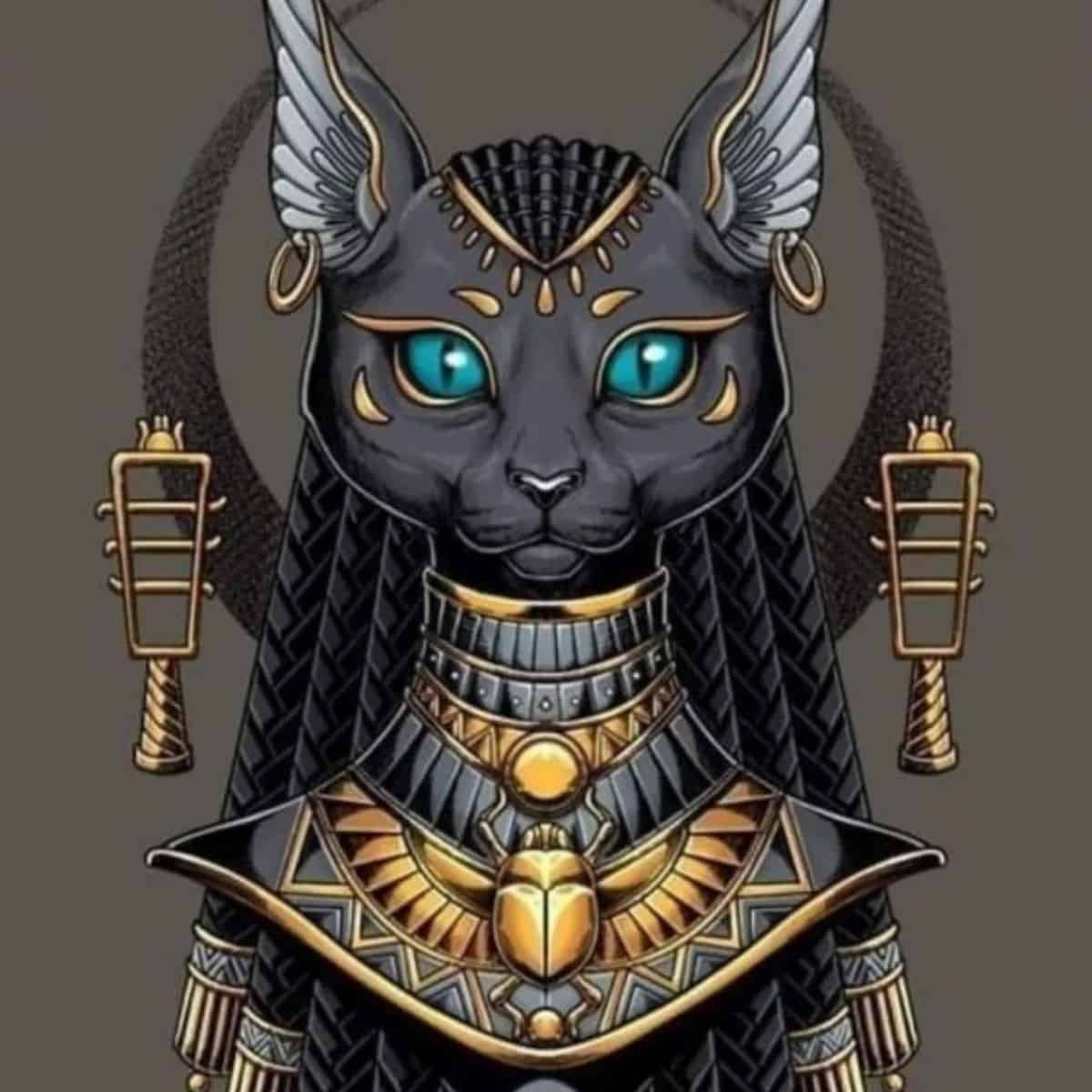
Before the 4th century, cats held a special place in the hearts of people across the globe.
The ancient Egyptians held them in reverence, even deifying these feline protectors who guarded their society against venomous threats like snakes and scorpions.
With the rise of Christianity and the decline of the Egyptian empire, domestic cats ventured into Europe. During this era, they were still associated with goddesses.
However, everything changed in 391 CE when Roman Emperor Theodosius I banned pagan worship. Despite losing their divine status, cats remained relatively unscathed.
Samhain: The Precursor To Halloween

The direct connection between black cats and modern Halloween can be traced back to the Celtic festival of Samhain. Observed from sunset on October 31 to sunset on November 1, it marked the culmination of the harvest season.
In the 9th century, the Western Christian Church shifted All Saints’ Day to November 1, ultimately merging it with Samhain to craft the Halloween we recognize today.
According to Celtic folklore, the Cat Sìth, a mythical creature resembling a large black cat with a white spot on its chest, would bless households that left a saucer of milk.
Those who neglected this offering faced dire curses. This feline association likely seeped into Halloween.
The Dark Ages: A Wretched Time For Black Cats
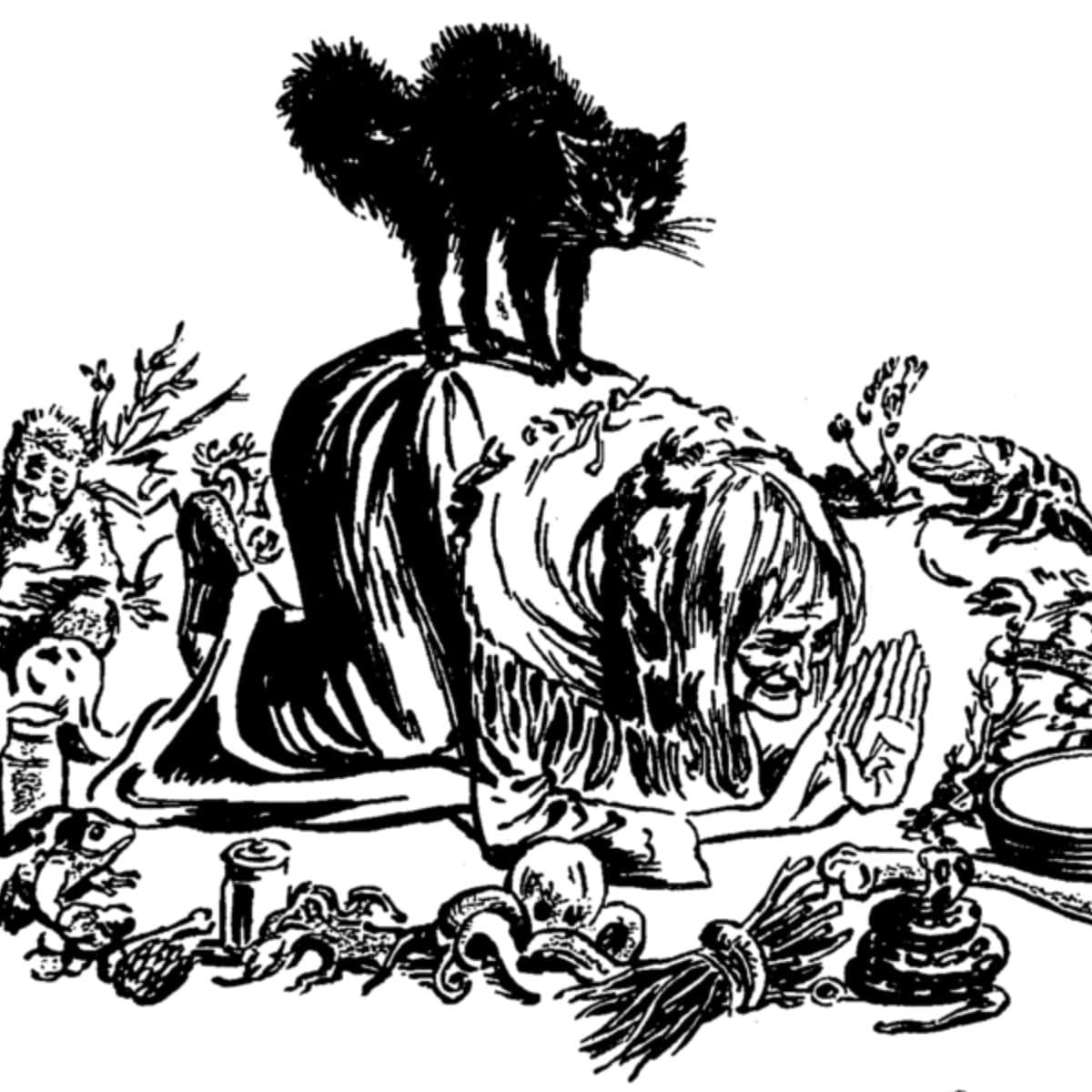
The Middle Ages marked a significant downturn for cats, especially the black ones.
While it remains unclear if black cats were already considered bad luck by the 13th century, Pope Gregory IX’s issuance of “Vox in Rama“ in 1233 permanently intertwined black cats with superstition.
“Vox in Rama” was a papal edict condemning the Luciferian heresy, a form of devil worship.
One of the demons allegedly worshiped by this cult assumed the guise of a sinister black cat, prompting Pope Gregory IX to declare cats as “the devil’s servants.”
Familiars And Witch Trials
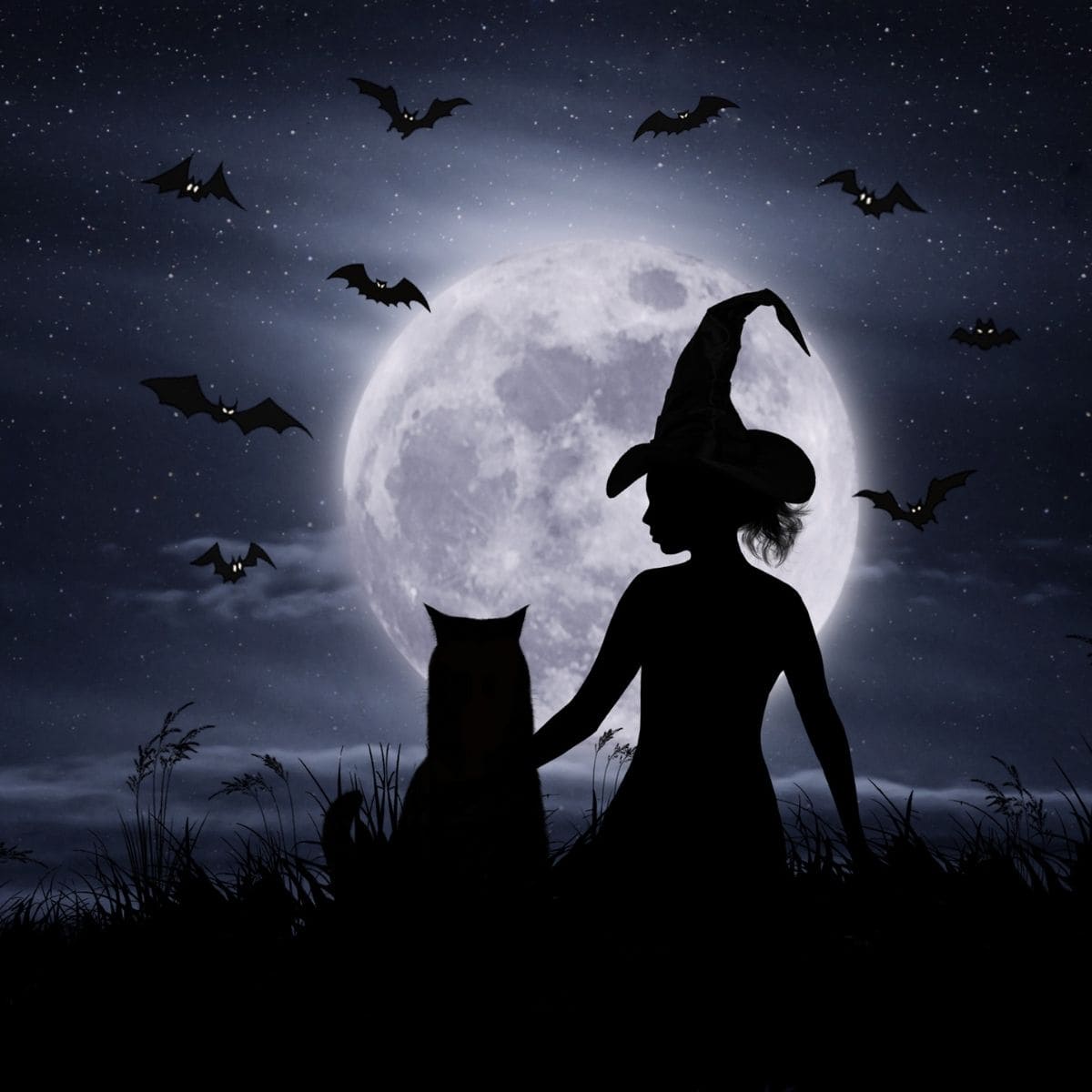
The official condemnation of black cats by the Church solidified their association with another Halloween symbol: witches. In 1484, Pope Innocent VIII proclaimed the cat as the devil’s favored creature and somewhat of a witch’s helper.
Any cat spotted alongside a woman was regarded as familiar, and both were sentenced to the flames.
This connection between cats, especially black ones, and witches is well-documented in the witch trials of the 16th and 17th centuries.
The belief was that these feline companions executed the bidding of (and conspired with) women accused of practicing witchcraft.
Colonial America: Where Black Cats Faced Persecution
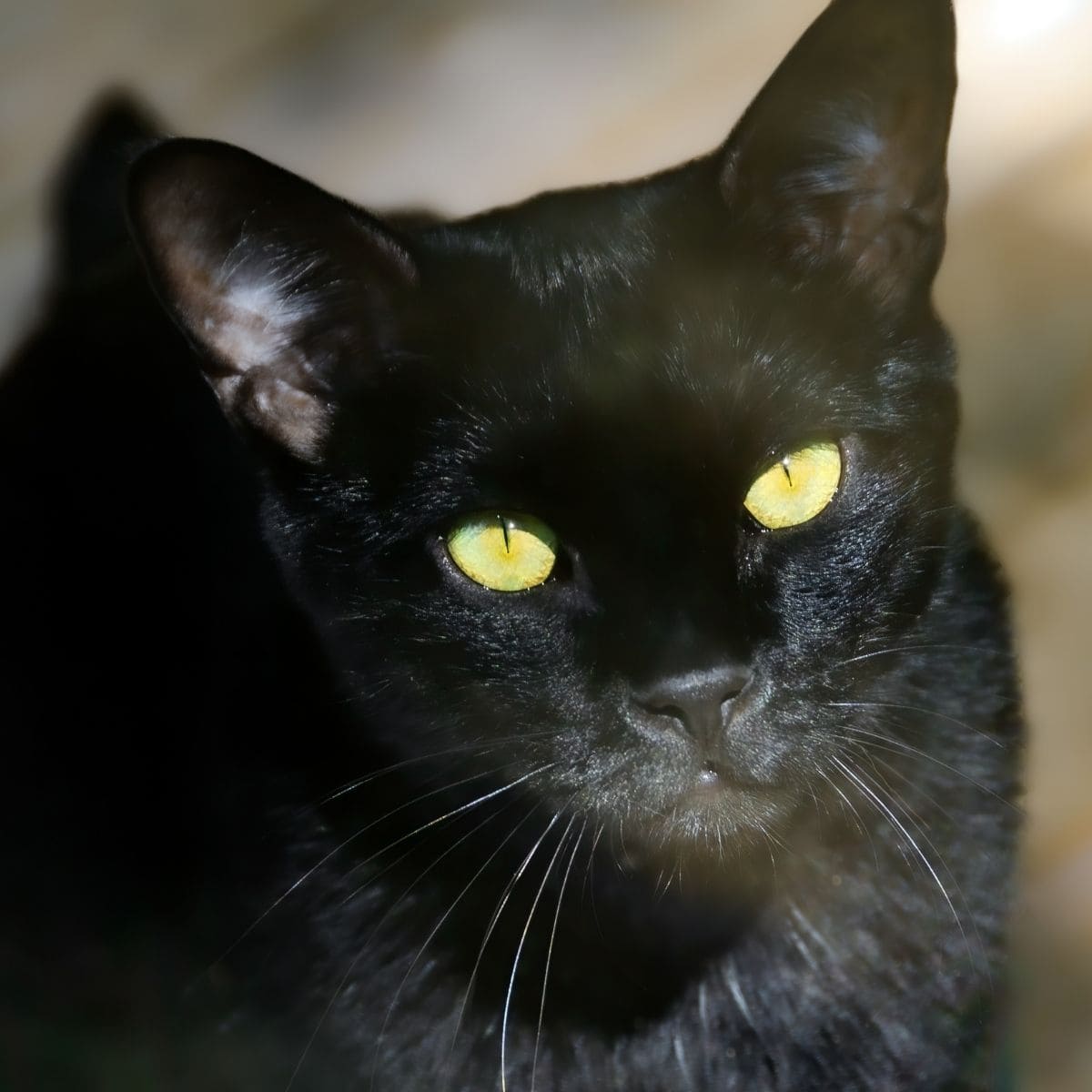
Black cats in America confronted a similar fate. The notion that witches could transform into black cats and roam freely, wreaking havoc, arrived on the shores of New England with the earliest settlers in the 1500s.
This belief persisted in New England, particularly during the Salem witch hunts, where black cats were sacrificed on Shrove Tuesday to safeguard homes from fire.
Modern Superstitions: Black Cats Today

The 18th century brought a shift in societal perspectives toward black cats. They transitioned from being perceived as duplicitous creatures to becoming symbols of intrigue in literature and poetry.
Most notably, in 1843, Edgar Allan Poe published his renowned short story “The Black Cat.” While progress was made, a lingering distrust of black cats endured.
It wasn’t until the 20th century that they transformed into cherished pets, making appearances in horror films from the 1930s onward.
During World War II, black cats emerged as symbols of good fortune on Halloween, shielding homes from malevolent spirits. Nonetheless, the stigma persists.
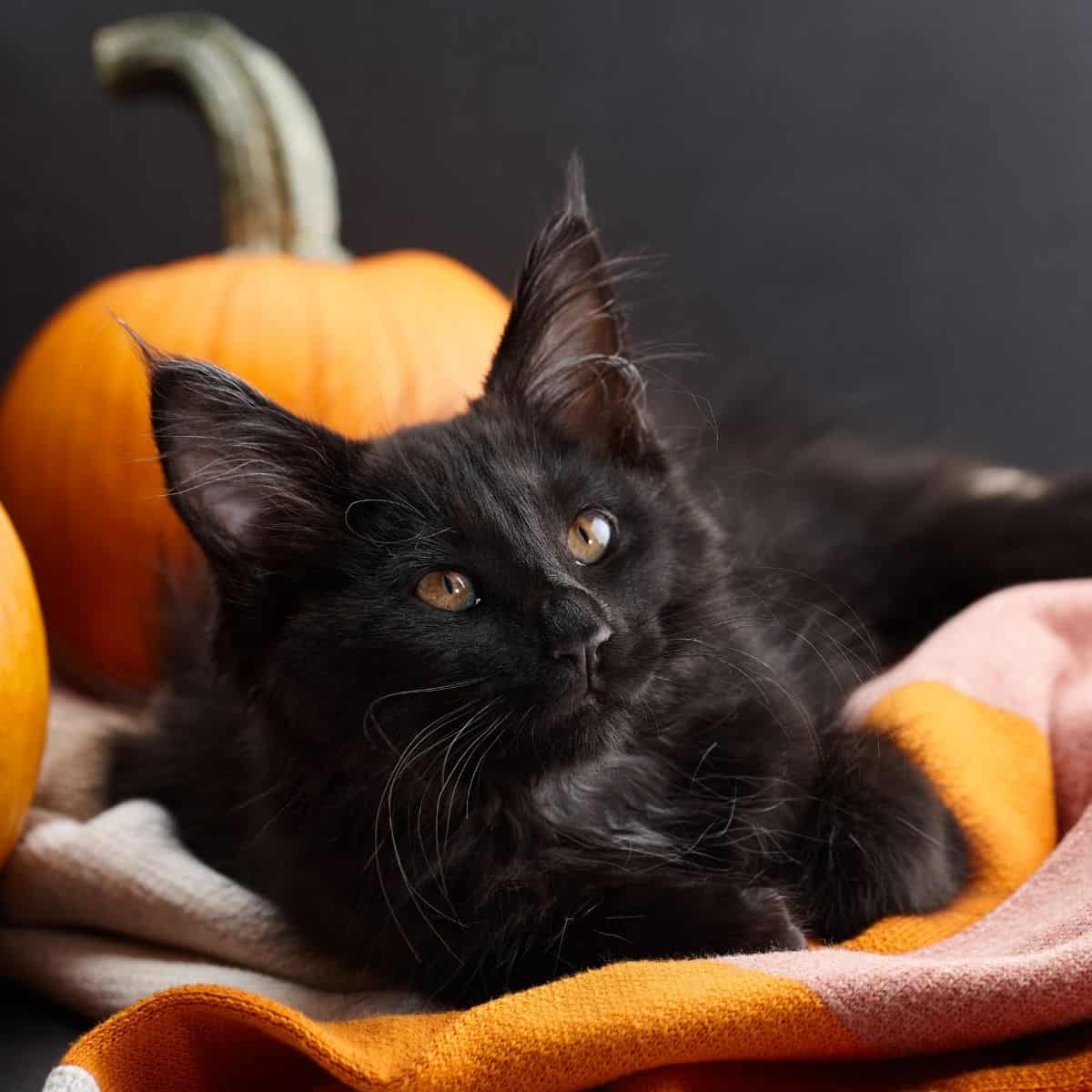
Despite their enduring presence in the iconography of Halloween, black cats frequently languish in shelters, awaiting adoption.
Let’s keep advocating for these ebony-furred companions who, as countless cat parents can affirm, bring nothing but prosperity into our lives.
This Halloween, remember to keep your black cat safe indoors, where they can bask in security, warmth, and the affection they richly deserve.
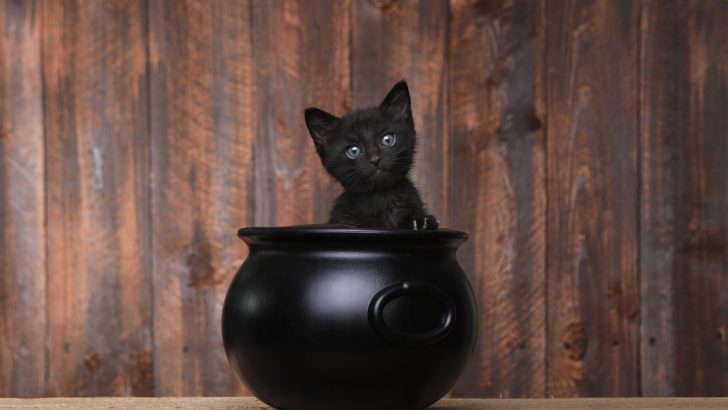
Leave a comment